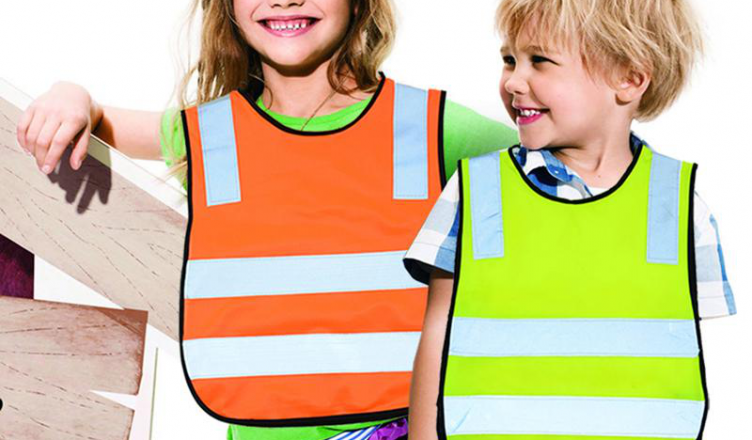The signaling travel vest is an element of protective clothing specially made in bright colors so that a person can easily be seen in it. They come in light green, yellow and orange, mainly with reflective tapes that provide additional visibility.
When is a signal safety vest used?
Similar items of clothing required for people who work in conditions of poor visibility. This applies to work in the dark, at night, in conditions of smoke or fog, on sharp bends of the road. Also, bright protective products are worn when working in mines and tunnels.
Signal vests are most often used:
When transporting people in the dark, they are worn by both drivers and pedestrians, drivers;
Truckers, just drivers moving in the dark or repairing their vehicle in the evening and at night;
Gas station employees and drivers carrying dangerous goods;
Employees of public utilities, road repair work;
At the construction site;
At all transport hubs: airports, railway stations, in seaports, as well as metro stations;
In the extraction of minerals, logging, and other hazardous work;
Police officers, especially traffic police, emergency, and rescue services, firefighters;
Schoolchildren who return home late (in the dark) cross the road, especially in winter.
Signal road vest must be worn when repairing tracks. Bright clothes help to notice a person in time, protects him from injuries and often saves a life. With the help of such products, it is possible to prevent emergency and dangerous situations, incidents. Such overalls are necessary not only at work but will be useful in everyday life, both for men and women, children.
Protection classes in signal vests
These products are personal protective equipment. Regardless of the place, country of production, each such overalls has a so-called protection class. It shows the conditions in which it should be used. There are 3 types of signal vests. The higher this indicator, the greater the protective level.
First-class products are made from luminous (fluorescent) fabrics with a sufficiently high density and strength. Level 2 and 3 protective equipment provides for reflective tapes. This is an additional warning marker for drivers. Their width must be at least 5 cm (the larger the better). Even if a car moves at a person in overalls at a great distance, then from the headlights the strips will glow, it can be easily noticed.
1st class of protection
This is the simplest signal vest, providing only minor protection. It is an element of brightly colored safety clothing without reflective stripes. It is fixed with buttons or Velcro. Most often, such clothes are created from calico. Not the best option, because without reflective stripes it is not very distinguishable in the dark.
2 class of protection
The most popular type of workwear, optimal in terms of price and degree of protection. The quality of the fabric is average. It is distinguished by the presence of reflective strips, they occupy a smaller surface than in class 3.
Two of them can be vertical, 5 cm wide and one horizontal also 5 cm wide, or two horizontal 5 cm wide without vertical stripes. The product is durable, withstands operation under various weather conditions, normally tolerates temperature changes. Such overalls are suitable for night shift workers on railways, highways, for those who work with mechanisms.
3 class of protection
Reflective signal vests of this type provide the greatest protection to the wearer, especially in the dark. This is achieved due to the bright color and a greater number of reflective tapes. There are two horizontal ones on the product, located at a distance of 5 cm from each other, as well as 2 vertical ones sewn on the shoulders. Reflective surface in such clothes occupies more area than products of class 2. Such equipment helps to immediately distinguish a person’s silhouette, determine its parameters, and “recognize” it when working at night.
